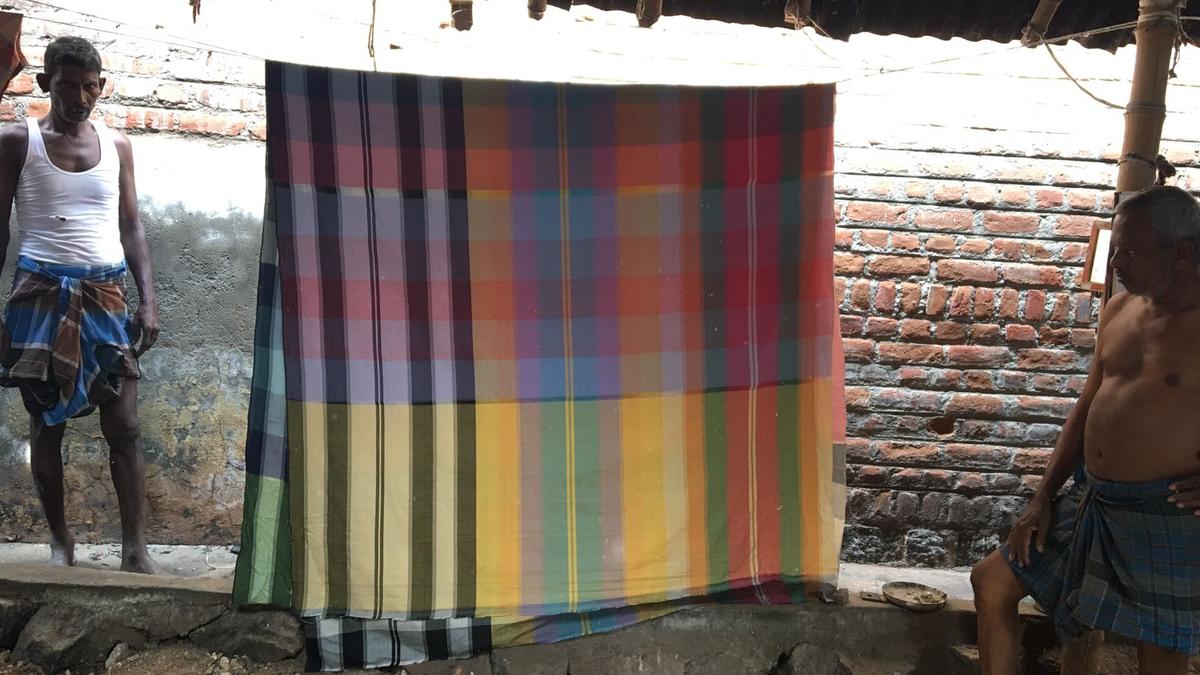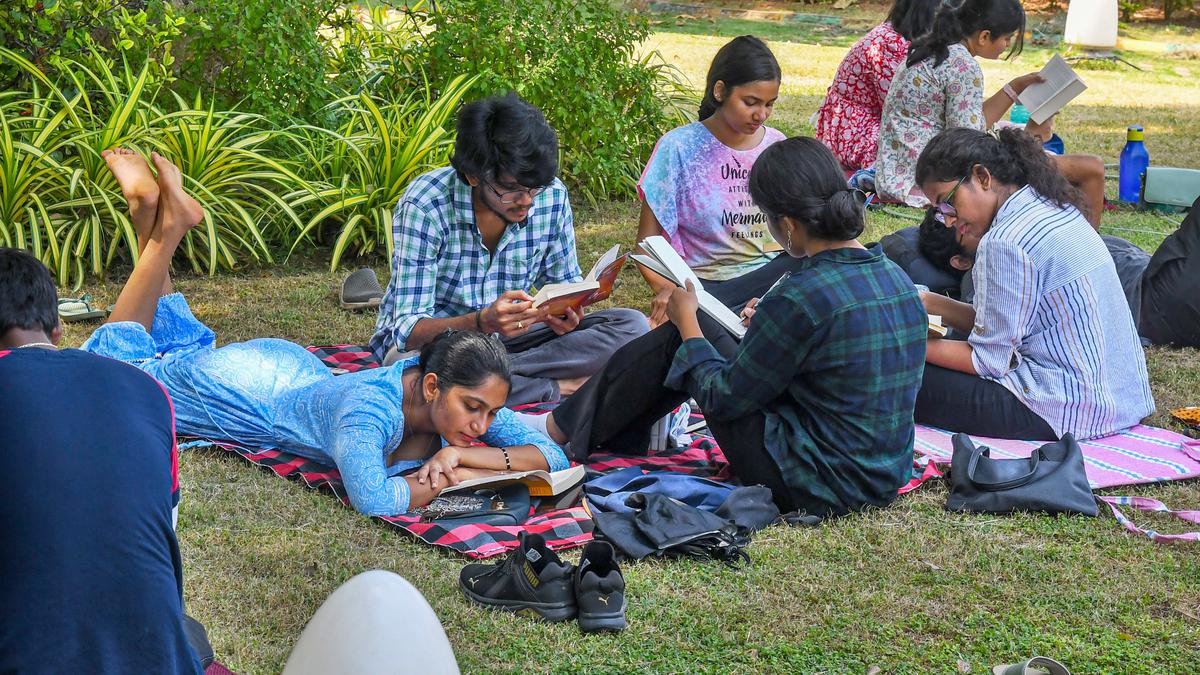‘Play becomes joy’ collection of textiles created around the Madras check, by weavers from Karur
At Dutch artist Paul Beumer’s first solo exhibition in India, a site-specific wall hanging got many visitors to stop and think. The ‘painting’ made with strips of Madras check fabric made them question whether textile can become art. Play becomes joy, joy becomes work, work becomes play — showcased at Artisans’ during the Mumbai Gallery Weekend 2025 last month — is a collection of textiles, all created around the Madras check, by weavers from Karur in Tamil Nadu.
Beumer, though formally trained in painting, abandoned a studio practice to explore his interest in non-western fabrics and textiles, travelling through Africa and Asia. In India and Sri Lanka particularly, he found that the textiles appeared akin to abstract paintings.
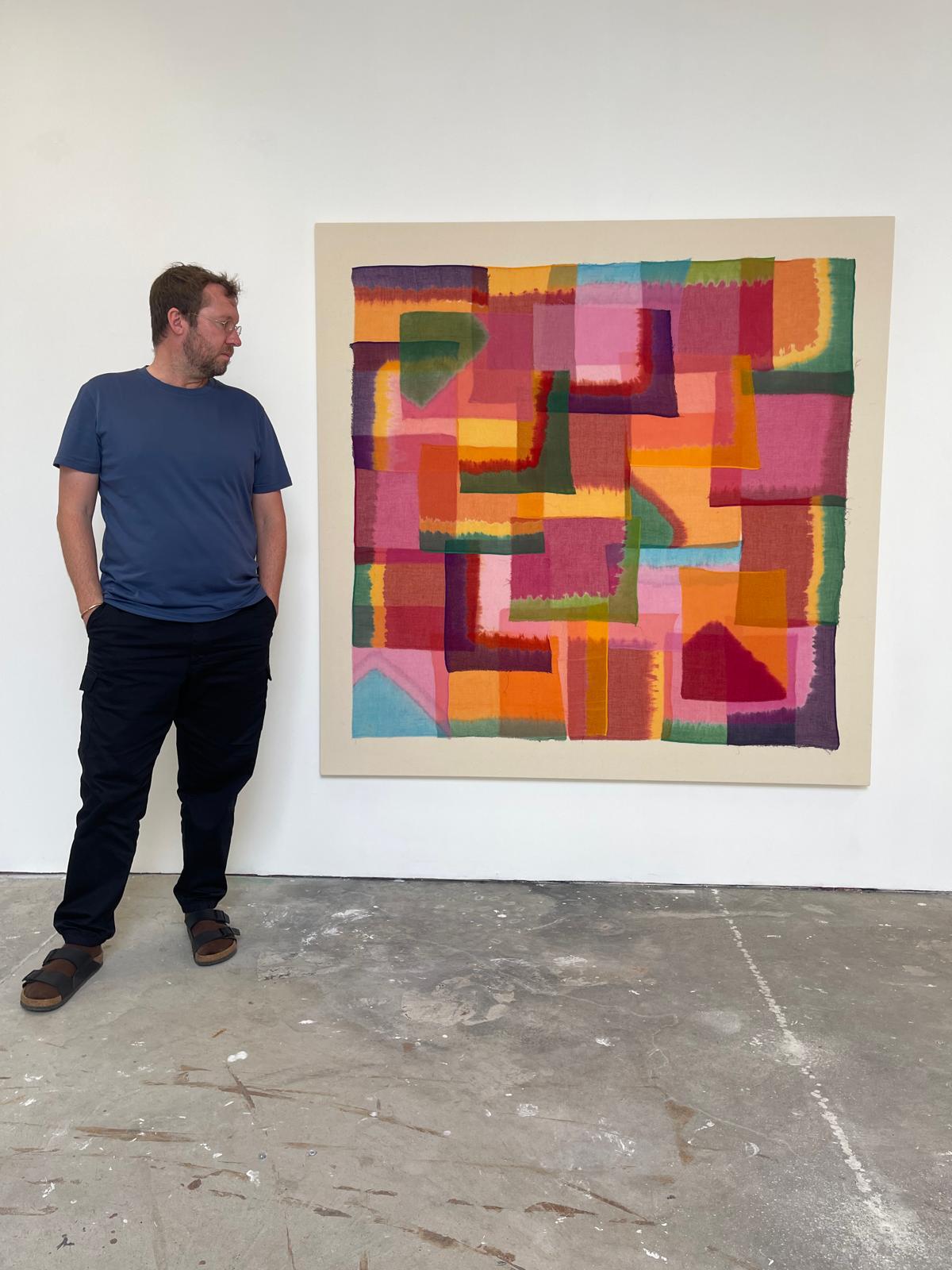
Paul Beumer’s Play becomes joy, joy becomes work, work becomes play
“My fascination for Madras checks brought me to Karur. There, through a friend of mine who is also a weaver, I found a small-scale lungi weaving mill that was interested in taking on the experiment,” he says, of his project, named after a saying by Swiss painter-designer Johannes Itten. He adds that some of the details were changed by the weavers. “Maybe these details got lost in translation. And that’s something I don’t mind at all.”
Here, he speaks about textile as both an art and craft:
Weavers are considered craftspeople, not artists, but when their work enters a gallery space it acquires a new respect and a much higher price. Why is that?
The works are ultimately all created by my hand. I edit or cut and make new compositions of the material that is sometimes made by craftsmen and sometimes only found. For example, I made compositions out of the linings of kimonos. It is this metamorphosis that turns the raw material into what you can call art.
Weaving is a specialist and laborious activity, and I make no secret of the fact that I do not weave myself. I document the process of working together with the craftspeople and know the weaver by name. They are my friends and collaborators, and in this way, I try to bring attention [hopefully] to the craft of weaving.
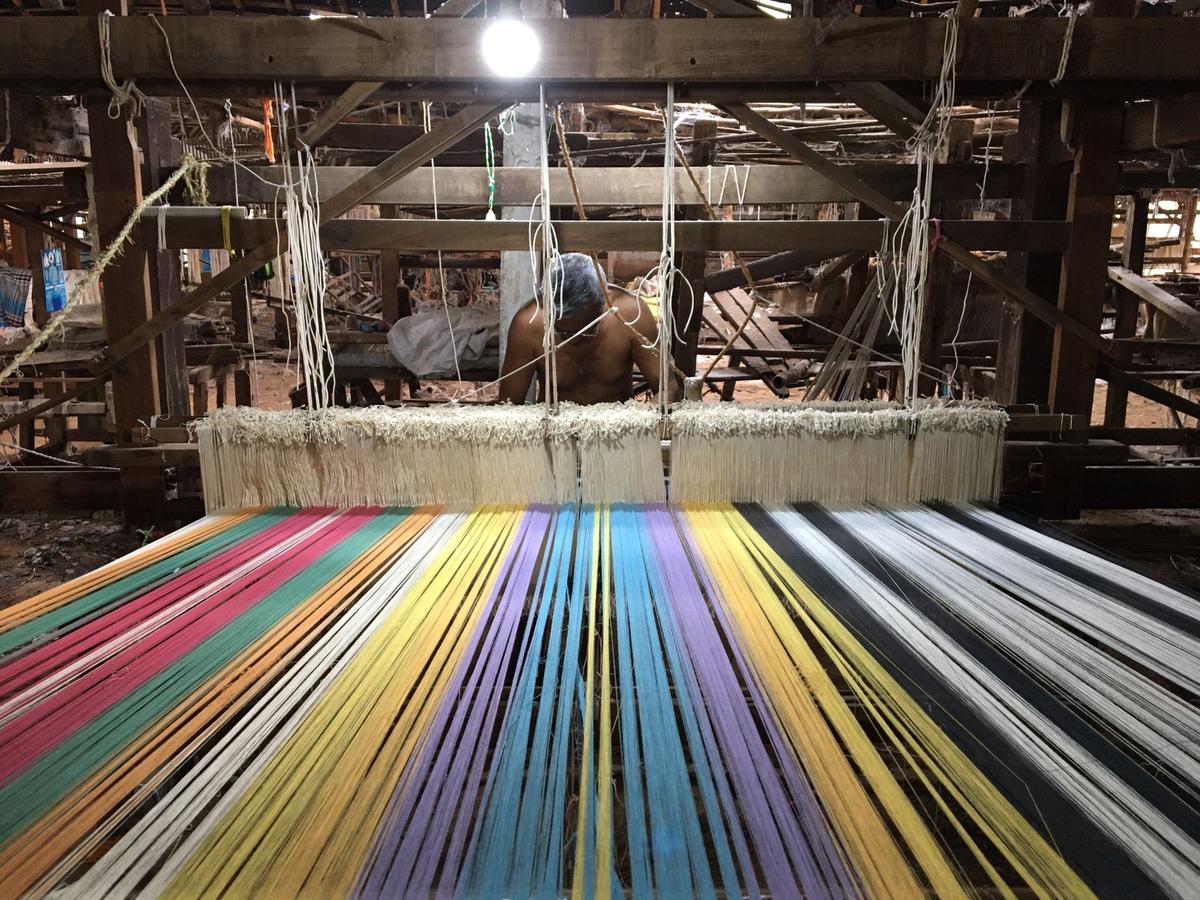
‘The craftspeople are my friends and collaborators’
You have travelled extensively in Asia and Africa to research textiles. Tell us about this process of research and how it leads to the art that you make?
When I set out to a new, and for me, unknown place, I want the encounter to be free of prejudice and expectations. My creative process is divided into a series of stages. The first stage is responding to a visual stimulus and the excitement of seeing something new. A combination of colours, or design. In the next stage, I like to find out how a piece is made, what the material is, but also research its history and meaning.
The last stage is how to get the same feeling, meaning, and information into a new work without simply copying. I strip the piece of any symbolism. Yet, in the end, because I always relate back to European and American abstract painting, a western looking image emerges, but with unexpected techniques or colours that come from elsewhere without becoming exotic because that is a danger I am wary of.
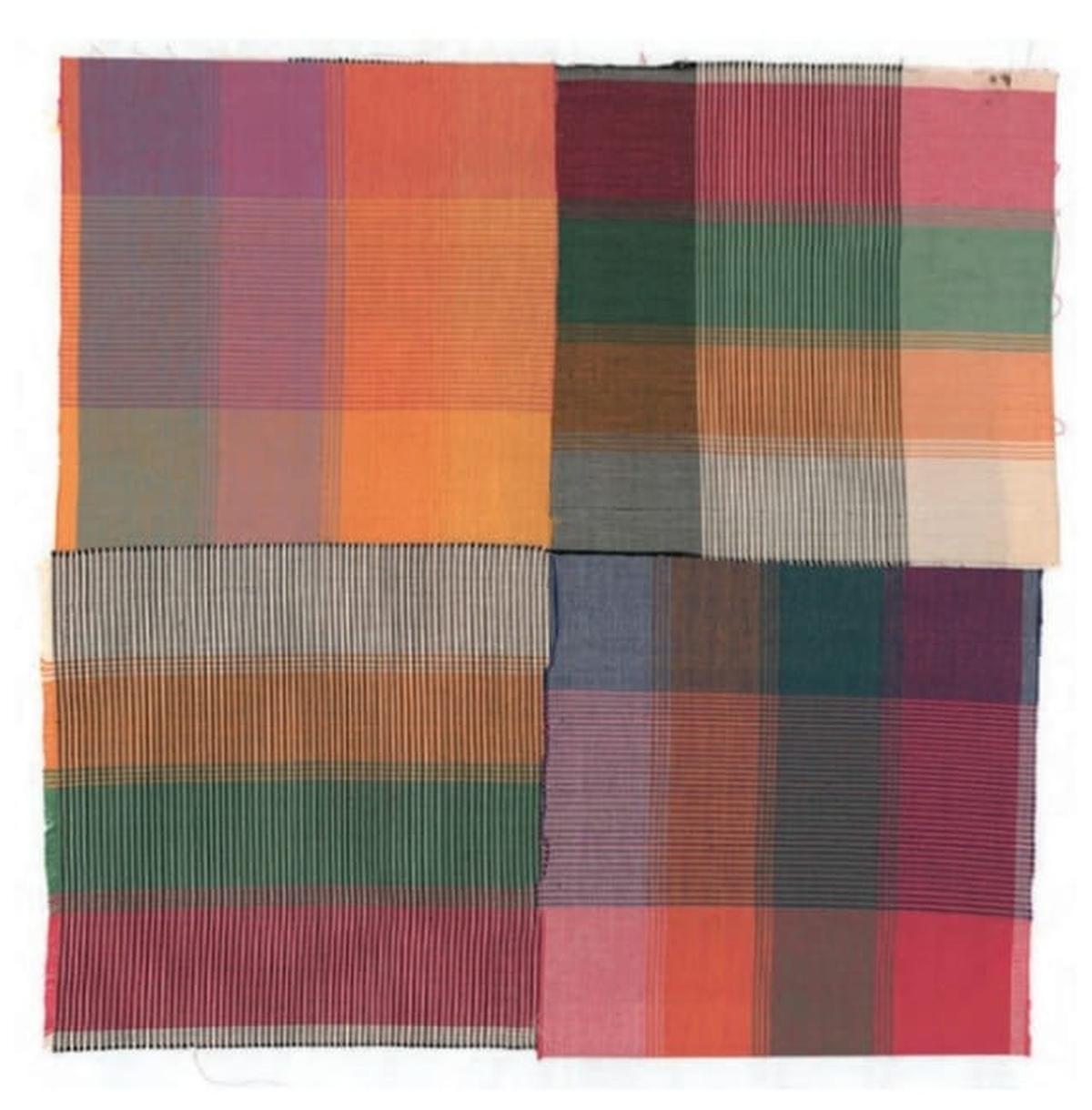
‘I strip the piece of any symbolism’
Is there a hierarchy in the visual arts, where textile-based art is considered inferior or secondary in some ways?
I don’t believe in the hierarchy between art and crafts. A sari, woven basket, or piece of pottery can be of the same artistic value as a painting or sculpture. By deconstructing the material and finding new compositions, I try to create a new song for the material that in the end I call a painting. Also, by calling them paintings, having them framed or stretched, I try to attack and question this hierarchy because unfortunately craft still doesn’t get the attention it really deserves.
How do you see colour?
I believe in the many ways colours impact us, their psychological effects and spiritual meaning. And yes, colours do talk. They communicate at a very deep level, down to a layer for which words can hardly be found.
When you work with textiles, are you also exploring the legacies or histories of colonial trade?
This is a very difficult question. I know what happened in the [colonial] past and what is still happening in sweatshops in many countries. I work only with individual weavers who often become friends because we share a love for the craft of making textiles. Rather than focusing on the past, we focus on the future and take little steps to prevent craft from being eaten up by increasing commercialisation.
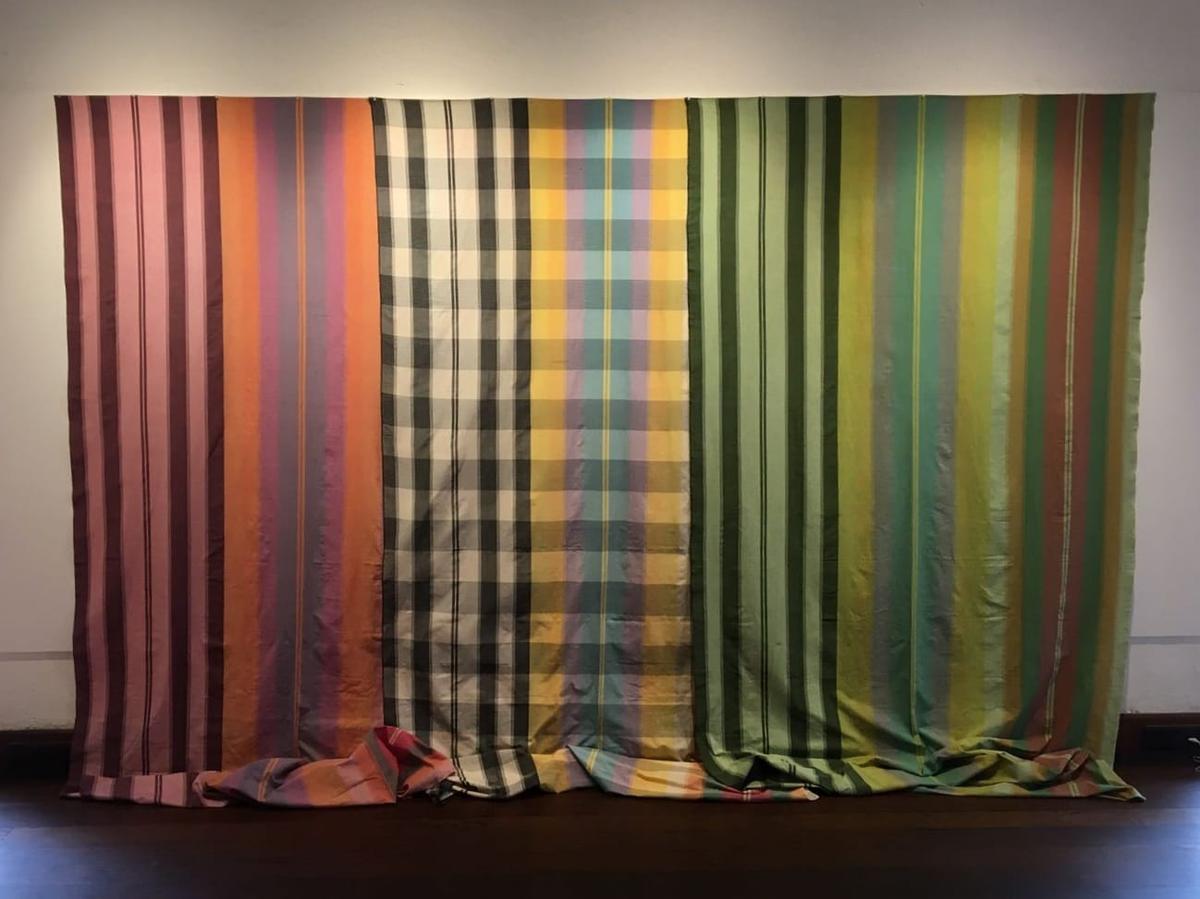
Is there anything that caught your attention during the time you have been in India?
I didn’t know what to expect when I travelled in India for the first time. The first thing I noticed is how culturally diverse the country is and how history is still very much alive and lives side by side with modern occurrences. For example, I like how artisans have not [yet] been banished to the outskirts of the cities and become invisible as in the West.
The writer teaches at FLAME University, Pune.
Published – February 21, 2025 11:15 am IST


